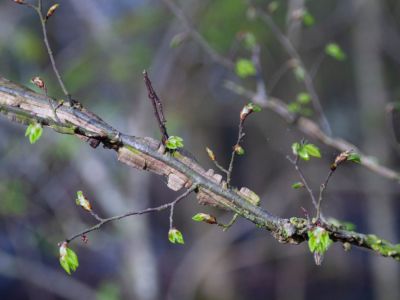Winged Elm Tree Information
The winged elm gets its name from the very broad, warty growths, thin and wing-like, that grow along its branches. The “wings” are irregular and sometimes look more like knots than wings. The tree is a small one, usually growing to a height of 40 to 60 feet (12 to 18 m.) tall. Its branches form a vase shape with an open, rounded crown. The leaves of the winged elm are small and oval, a dark green color with paler, hairy undersides. If you start growing winged elm trees, you’ll find that they provide a fall display by turning a bright yellow at summer’s end. Flowers are brown or burgundy and appear before the leaves in March or April. They produce the fruit, a very short orange samara that disperses by the end of April.
Growing Winged Elm Trees
Winged elm tree information suggests that the trees are not difficult to grow and require little care in U.S. Department of Agriculture plant hardiness zones 6 through 9. The winged elm is the least shade tolerant of the North American elms, but you can plant it either in sun or partial shade. It adapts to almost any type of soil and has a high drought tolerance. In fact, winged elm tree care largely involves selecting an appropriate planting site and pruning the tree when it is young to form its structure. Winged elm tree care includes pruning, early and often, to eliminate multiple trunks and narrow-crotched branches. Your goal is to produce one central trunk with lateral branches spaced along the trunk.
Uses for Winged Elm Trees
There are many garden uses for winged elm trees. Because winged elm tree care is so minimal, the tree is often grown in parking lot islands, medium strips, and along residential streets. Growing winged elm trees in the city is very possible, as the trees tolerate air pollution, poor drainage and compacted soil. The commercial uses for winged elm trees include using the wood for flooring, boxes, crates, and furniture. The wood is flexible and thus particularly useful for rocking chairs or furniture with curved pieces. Winged elm is also used for hockey sticks, due to its resistance to splitting.
